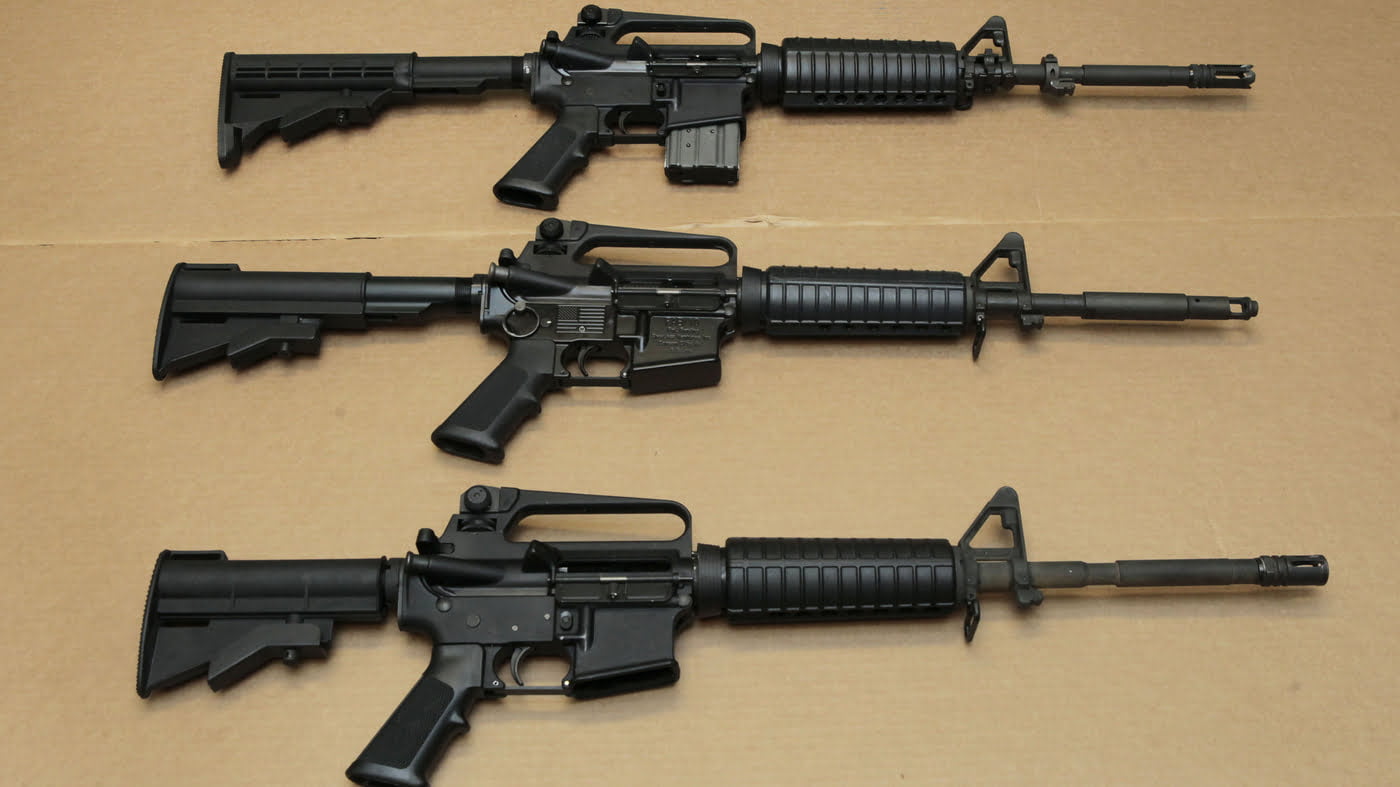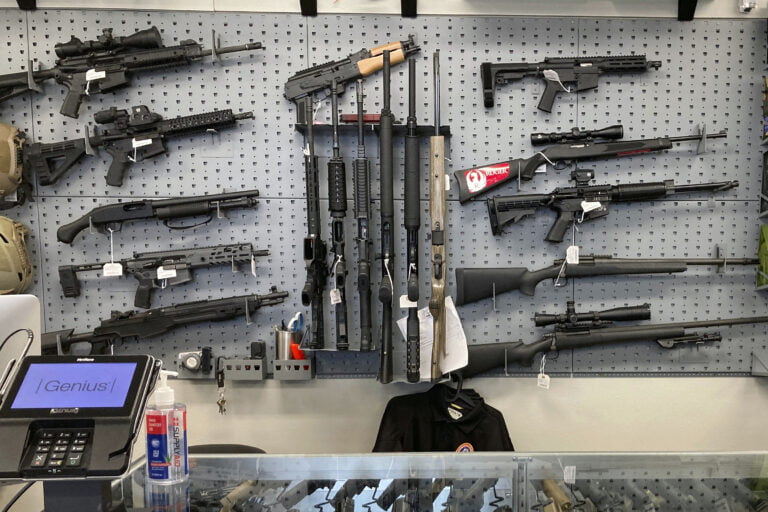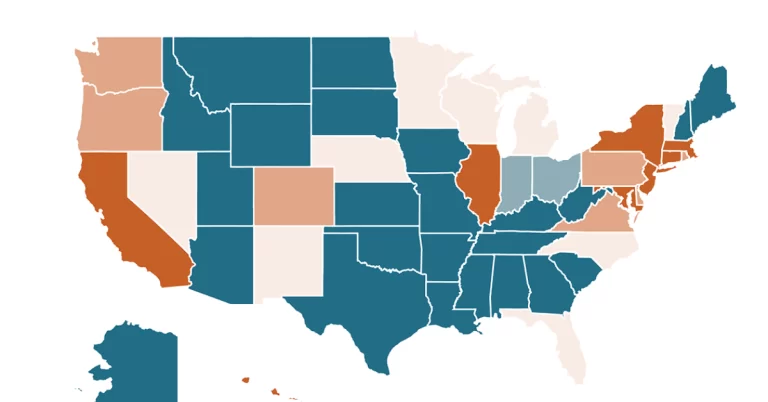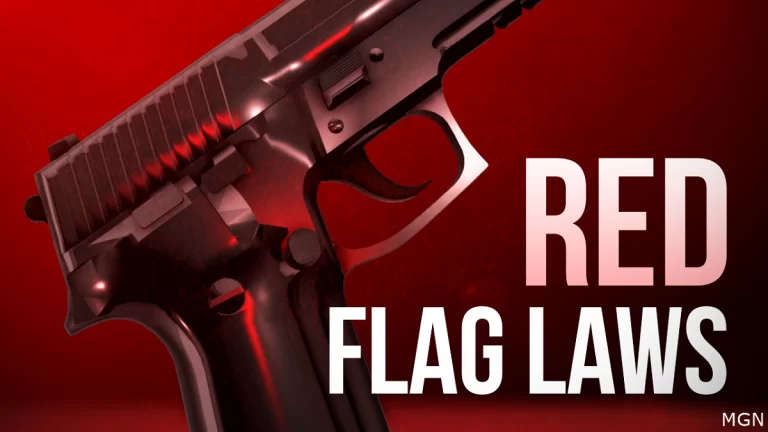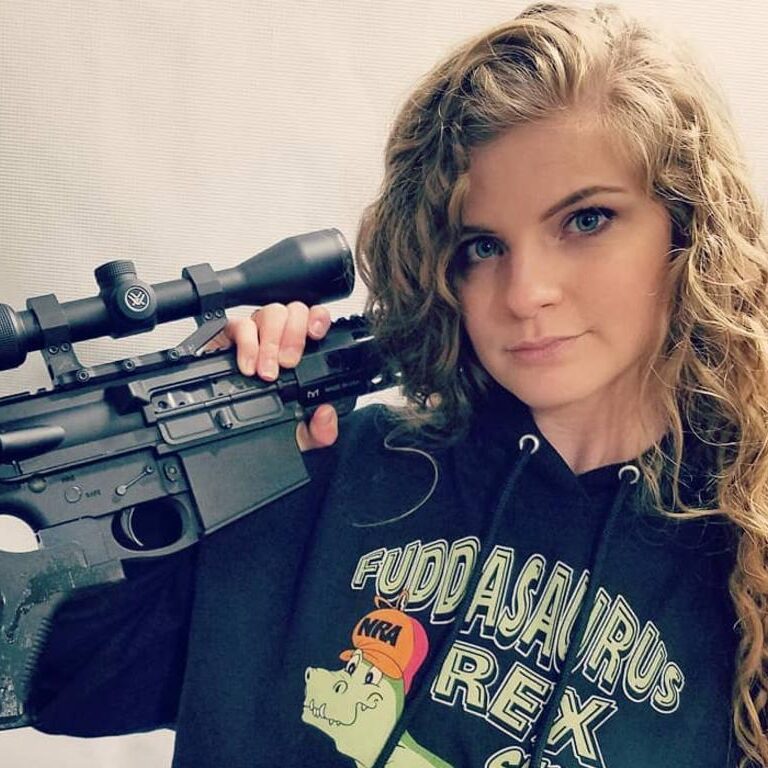Assault Weapon Law
The regulation and prohibition of assault weapons is a controversial topic in the United States. An assault weapon refers to a semi-automatic firearm with certain features that allow for rapid fire and reloading. This article will examine the history, debate, and current status of assault weapon laws in America.
Definition of Assault Weapons
The term “assault weapon” refers to semi-automatic firearms that allow a shooter to rapidly fire and reload. While there is no universal definition, features that typically designate a gun as an assault weapon include:
- Detachable magazines – Allow for quick reloading with pre-filled magazines
- Pistol grips or thumbhole stocks – Allow the weapon to be held and fired in a spray-shooting manner
- Folding or telescoping stocks – Make the firearm more concealable and portable
- Bayonet mounts – Allow a bayonet to be attached
- Flash suppressors – Reduce visible muzzle flash when firing
- Grenade launchers – Allow explosive grenades to be discharged
These features enhance the rapid-fire capacity of semi-automatic firearms. However, the definition is controversial because many common hunting rifles have some of these features but are not considered assault weapons.
History of Assault Weapon Laws
Laws regulating or prohibiting assault weapons have evolved at both the federal and state levels.
Federal Assault Weapons Ban (1994-2004)
The most prominent assault weapons legislation was the Federal Assault Weapons Ban passed by Congress in 1994. This law banned the manufacture and sale of semi-automatic firearms with certain military-style features. The law had a 10-year sunset provision and expired in September 2004.
While the law was in effect, it faced opposition on charges that it was overly broad and ineffective. However, supporters argued it prevented mass shootings and reduced casualty counts when shootings did occur.
State-Level Bans
In addition to federal efforts, several states have passed their assault weapon bans.
California became the first state to regulate assault weapons with the Roberti-Roos Assault Weapons Control Act in 1989. This law banned over 50 specific makes and models of semi-automatic firearms. California has continued to pass stricter gun laws, including an expanded assault weapons ban in 2022.
Connecticut, Hawaii, Maryland, Massachusetts, New Jersey, and New York have enacted their statewide assault weapon bans. In some cases, these laws mandate registering existing assault weapons owned before the ban.
Other states like Colorado, Minnesota, and Virginia had assault weapon bans that were subsequently repealed over the years. Overall, state regulations continue to vary greatly across the country.
Debate Over Assault Weapon Laws
There are strong arguments on both sides of the debate over assault weapon laws.
Arguments For Bans
Reduce Gun Violence
- Assault weapons are disproportionately used in mass shootings with high victim counts. Restricting them could save lives.
Limit Easy Access
- Bans make it harder for potential criminals and shooters to easily obtain rapid-fire firearms.
Close Loopholes
- Comprehensive bans close loopholes around background check requirements for private sales.
Arguments Against Bans
Infringe on 2nd Amendment Rights
- Any ban or regulation on firearm access infringes on the constitutional right to bear arms.
Focus Too Narrowly
- Bans target purely cosmetic features but don’t address underlying gun violence issues.
Criminals Find Other Weapons
- Bans don’t prevent criminals from accessing firearms through illegal channels. Other weapons can be just as deadly.
This debate continues to drive disagreement around both federal and state assault weapon laws.
Current Status of Assault Weapon Laws
With the expiry of the federal ban in 2004, there remains a patchwork of state laws but no overarching federal regulation around assault weapons.
The Federal Assault Weapons Ban has not been renewed, due largely to opposition from gun rights groups like the NRA. Without concrete federal action, state laws on assault weapon bans vary widely. Six states (CA, CT, HI, MD, MA, NJ) and Washington D.C. currently prohibit assault weapons.
Meanwhile, in recent years there have been failed efforts to pass a new federal ban, such as Feinstein’s proposed Assault Weapons Ban of 2019. Enacting any major federal gun control faces significant political hurdles.
Supreme Court Rulings on Firearm Laws
Two landmark Supreme Court cases have shaped the legal interpretation of the 2nd Amendment as it relates to firearm laws.
District of Columbia v. Heller (2008)
This case overturned Washington D.C.’s handgun ban, affirming an individual’s right to possess firearms for lawful purposes like self-defense. However, it allowed for certain “longstanding prohibitions” like bans on “dangerous and unusual weapons.”
McDonald v. Chicago (2010)
This ruling applied Heller to the states, finding that the 2nd Amendment right to keep and bear arms is incorporated by the Due Process Clause of the 14th Amendment. This opened the door to constitutional challenges of state assault weapon bans.
These cases established that firearm possession is an individual right, but governments can still regulate “dangerous” weapons. This shapes the legal tests faced by any new assault weapon bans.
Public Opinion on Assault Weapon Bans
Public opinion polls show a majority of Americans support banning assault weapons, but there are strong partisan divides.
- A 2019 Pew Research poll found 67% support for banning assault-style firearms.
- A 2022 Quinnipiac University poll showed 58% support for a nationwide assault weapon ban.
- However, Republican respondents were far less likely to support bans than Democrat or Independent respondents.
While support crosses partisan lines, it remains politically contentious to enact federal assault weapon legislation without it being diluted or obstructed during the lawmaking process.
Alternatives to Bans
Given the difficulties of passing outright assault weapon bans, some advocate for alternative gun regulations that could garner broader support:
- Universal background checks – Require checks for all firearm sales, preventing access by criminals.
- High-capacity magazine limits – Ban magazines over 10 rounds, forcing shooters to reload more often.
- Improved mental health screening – Block sales to those deemed unstable or prone to violence.
Targeted measures like these may be more viable responses to curb gun violence while protecting 2nd Amendment rights. However, any major gun reform still faces significant opposition.
The Path Forward
The future of assault weapon laws involves a continued debate over reinstating a federal ban versus respecting state autonomy on the issue.
With multiple mass shootings involving assault weapons, there will likely be further attempts to pass a new federal ban. However, such legislation would need to overcome expected legal challenges and political opposition.
Barring federal action, states will continue to diverge on assault weapon bans. This state-by-state approach poses difficulties around inconsistent regulations and transport across state lines.
Possible compromises could involve grandfather clauses for existing weapons, temporary buyback programs, or raising the minimum age for ownership. But meaningful progress remains unlikely without bipartisan cooperation at the federal level.
Here are some details on assault weapon laws in Illinois and Chicago:
Assault Weapon Legal Definition
There is no single legal definition of an assault weapon across all jurisdictions. Most definitions focus on semi-automatic firearms with military-style features such as pistol grips, folding/telescoping stocks, flash suppressors, grenade launchers, etc. Features that increase lethality are often part of classification.
Assault Weapon Law in Chicago
Chicago has banned assault weapons since 2013. This municipal code amendment specifically bans AK types, AR types, assault pistols, assault shotguns, as well as any semi-auto rifles/handguns with a detachable magazine plus one military-style feature like a pistol grip or collapsible stock. Magazines that can hold more than 12 rounds are also banned.
Illinois Assault Weapons Ban Update
While Chicago has its ban, Illinois state law does not ban assault weapons currently. However, the state does have an assault weapons registration system. In 2022, a federal appeals court reversed a lower court ruling that found Illinois’ ban on assault weapons violated the 2nd Amendment, opening an avenue for a new state ban. Legislation has been proposed but not yet passed to institute an IL state-wide ban once again.
Conclusion
The issue of assault weapon bans invokes the classic tensions between public safety and individual liberties. There are credible arguments on both sides for limiting access to rapid-fire firearms. However, with partisan disagreements and the complex patchwork of laws across states, substantive changes face significant hurdles. Compromise solutions may provide paths forward to balance safety and freedom. But the rhetorical battles will persist around one of America’s most divisive issues.
FAQs
Q1: What is an assault weapon?
An assault weapon is a semi-automatic firearm with military-style features allowing rapid fire and reloading, like detachable magazines, pistol grips, or folding stocks.
Q2: Are assault weapons illegal in the U.S.?
Currently, there is no nationwide ban at the federal level, but six states and Washington D.C. prohibit assault weapons. Laws vary widely between states.
Q3: Does banning assault weapons reduce gun deaths?
Proponents argue bans help curb gun violence and limit the lethality of mass shootings, but the data remains inconclusive.
Q4: Why do people want to ban assault weapons?
Arguments for bans include reducing gun violence, closing loopholes in background checks, and limiting access to rapid-fire firearms.
Q5: What are the main arguments against assault weapon bans?
Critics argue bans infringe on 2nd Amendment rights, focus too narrowly on cosmetics, and don’t prevent criminals from accessing other weapons.
Q6: What is considered an assault weapon?
There is no universal definition, but generally, assault weapons refer to semi-automatic rifles, pistols, and shotguns that have military-style features such as pistol grips, folding stocks, flash suppressors, detachable magazines, etc.
Q7: What guns are not assault weapons?
Traditional hunting rifles and shotguns that do not have military-style features are generally not categorized as assault weapons. Many non-military-style semi-automatic handguns and rifles also do not meet the criteria to be labeled assault weapons.
Q8: Which states ban assault weapons in 2023?
As of 2023, seven states have an assault weapons ban: California, Connecticut, Hawaii, Maryland, Massachusetts, New Jersey, and New York. Some city- and county-level bans also exist beyond these state laws. Attempts at federal bans have not succeeded since the previous 10-year ban expired in 2004.
